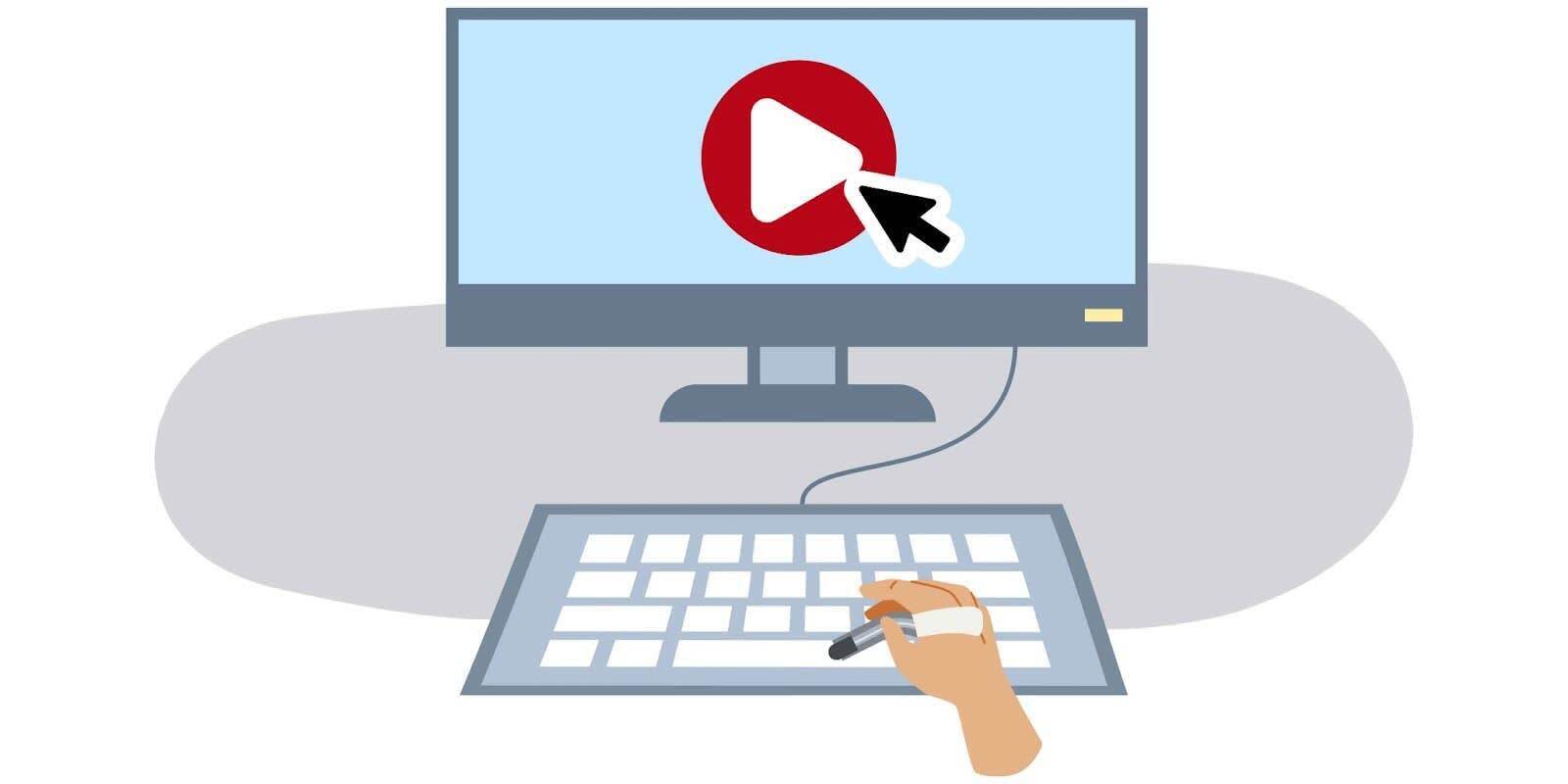Create Accessible Video Assets
Learning Objectives
After completing this unit, you’ll be able to:
- Identify the difference between open and closed captions.
- Explain the difference between video captions and video transcripts.
Why Is Accessible Video Important?
As a high-impact, engaging way to tell your stories and share your messages, video is an essential part of your marketer’s toolkit. But you may be inadvertently alienating part of your audience by not focusing on making your video content fully accessible.

Trailblazer Kurt explains and shares his experience:
“If you use video, always include captions. Captions are used by people of all abilities, not just those with a hearing-related disability. As part of my Autism, I have auditory processing disorder, which means that things I hear may take me a few extra moments to be understood. If a video is fast-paced without captions, I get lost instantly and need to watch it repeatedly until I fully grasp the concept. By listening and reading at the same time, I am able to fully understand what is being presented.”
You probably know the importance of offering both on-screen captions and full transcripts when you create video content. But true accessibility goes much further. Audio descriptions, video control access via keyboard navigation, and compatibility with devices and browsers also impact your video’s accessibility and engagement. And it’s always best practice to include good information about the accessibility features that are available to your audience.
Captioning
It all starts with captions. As the most basic feature of accessibility, your video must offer some form of captioning, whether open or closed captioning.
-
Open captions always appear on screen and are embedded in your video stream. They cannot be controlled by the viewer.
-
Closed captions can be turned on and off by the viewer, and are independent of the main video stream.
Ensure captions are accurate and correctly synced with your audio. Captions make it easier for those who are deaf and hard of hearing to understand your content and increase engagement with all audiences. Many viewers in busy, crowded, or noisy environments may not be able to (or may choose not to) have the audio on.
Video-focused social media sites like Instagram, YouTube, and TikTok now offer automatic captioning in both open and closed formats. (When you use an auto-captioning feature, double-check for accuracy and spelling errors.) If you’re creating video content to self-publish, online tools like 3Play Media or Vidyard can help you generate captions.
Transcripts
Ideally, you provide a full written transcript of your video content. A transcript not only benefits those who are deaf or hard of hearing, but it’s also of great help to audience members with learning or cognitive disabilities, non-native speakers, and those who simply prefer to read rather than watch your content.
Providing video transcripts is also critical to deafblind users who may be accessing your content with a refreshable braille display. These devices translate text content on the screen into braille that refreshes as the content changes. This means users likely won’t be able to keep up with the speed of real-time captioning on a video, so a transcript they can scroll at their own speed is essential.
Transcripts should include all the spoken dialog that is covered in your on-screen captions but also include other elements like timestamps, descriptions of the visual elements in your video, and non-verbal audio cues (like laughter, applause, or background music).
Audio Descriptions
These are important to your audience members who are blind or low-vision, as they offer verbal descriptions of any on-screen visual elements. This includes on-screen text and signage, images, and non-verbal actions that are relevant to what’s taking place on the screen. There are two types of audio description, and the length and content of your video determines which to choose.
-
Standard audio description involves brief narrative segments that blend into the natural pauses in a video’s dialogue. The narration must be brief enough to fit within these pauses and enhance the content without detracting from it. This type of description is perfect for longer content with lots of pauses or minimal details to describe.
-
Extended audio descriptions are necessary for shorter videos that don’t have many natural audio breaks. These pause the original content to provide more detailed information about what’s happening on screen. The process involves playing the video and the description, temporarily halting the video to continue the description, and then resuming the video once the description has been completed.
Want to experience this in action? Check out this video using a standard audio description.
Video Control Access via Keyboard Navigation
For users who can’t use a mouse or other pointing device, it’s important to make sure that your video can be fully navigated and controlled using only a keyboard. Be sure the user can start and stop the video, pause, rewind, and search for a specific point in the video, all by using the keyboard.

Compatibility
Each video should be checked to ensure that it can be played on a wide variety of devices and browsers. This includes different types of mobile devices and devices like smart TVs. Check to ensure that the experience is fundamentally the same with each viewing method.
Further Resources and Tools
Once you have your video formatted correctly, there are a number of tools you can use to check it for full accessibility. However, the best method is to have someone who uses assistive technology check it. A real-world test is the best way to find errors that even an automated tool might miss.
To test your… |
You can use… |
|---|---|
Video captions and transcriptions |
|
Audio descriptions |
|
Overall accessibility (missing captions, poor contrast, flashing) |
|
Accessibility for those with visual disabilities |
|
Cross browser and device compatibility |
|
Color contrast |
|
Video player accessibility |
|
Remember to use all of these tools in conjunction with manual testing and feedback from users with disabilities to ensure that your video is fully accessible.
Resources